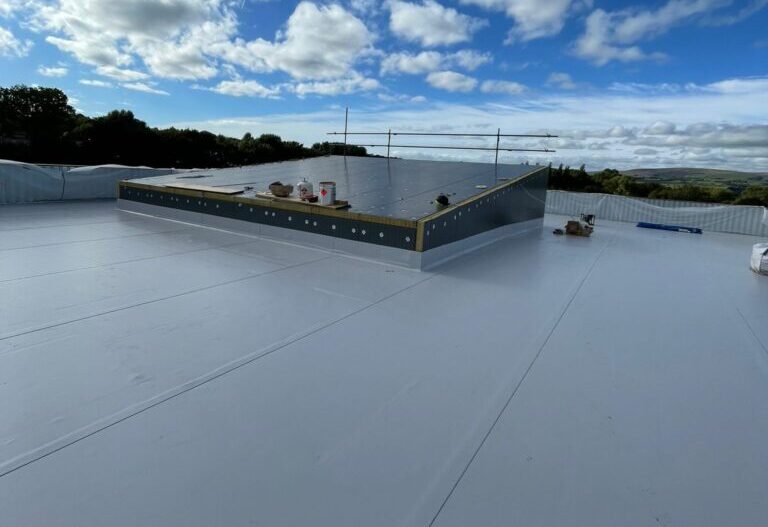The Environmental Benefits Of Flat Roofs

Flat roofs have been around for centuries and have become an increasingly popular choice for modern buildings. This design feature is not only aesthetically pleasing but also has numerous environmental benefits. It is recommended to consult a professional roofer before installing any roof. In this article, we will explore the advantages of flat roofs in terms of sustainability, energy efficiency, and urban development.
Environmental Advantages Of Flat Roofs
- One of the most significant environmental benefits of flat roofs is their ability to reduce the urban heat island effect. Urban areas tend to be significantly warmer than their rural counterparts due to the abundance of concrete and other heat-absorbing materials. Flat roofs, on the other hand, reflect sunlight and heat, which can reduce the temperature of the surrounding area. This, in turn, can lead to a decrease in energy consumption for air conditioning, as well as a reduction in greenhouse gas emissions.
- Flat roofs can also be designed to promote green spaces in urban areas, which can help to mitigate the impact of human activity on the environment. Green roofs, or roofs that are covered with vegetation, can provide a variety of benefits, including storm water management, air quality improvement, and the creation of habitats for wildlife. Green roofs also help to reduce the urban heat island effect, as they absorb sunlight and heat rather than reflecting it back into the environment.
- In addition to promoting green spaces, flat roofs can also be designed to support renewable energy sources such as solar panels. Solar panels can be installed on flat roofs to generate electricity and reduce dependence on non-renewable energy sources. This is especially important given the increasing demand for energy and the need to reduce greenhouse gas emissions.
- Another environmental benefit of flat roofs is their ability to improve energy efficiency. Flat roofs can be designed with insulation materials that help to reduce heat loss in the winter and heat gain in the summer.
- Flat roofs can also be designed to capture and reuse rainwater, which can help to conserve water resources. Rainwater harvesting systems can be installed on flat roofs to collect rainwater, which can then be used for non-potable purposes such as irrigation and toilet flushing.
- Flat roofs can help to reduce the urban footprint and promote sustainable urban development. By using flat roofs for green spaces, renewable energy sources, and rainwater harvesting, buildings can reduce their impact on the environment and contribute to a more sustainable urban environment.
Conclusion
In conclusion, the environmental benefits of flat roofs are numerous and significant. From reducing the urban heat island effect to promoting green spaces and renewable energy sources, flat roofs have the potential to contribute to a more sustainable urban environment. With the increasing demand for energy and the need to reduce greenhouse gas emissions, the design of buildings must prioritize sustainability and environmental responsibility.
For top notch roofing services contact us at 118-35 Queens Blvd Forest Hills, NY 11375 (718) 414-6067 https://www.nycrenovators.com
